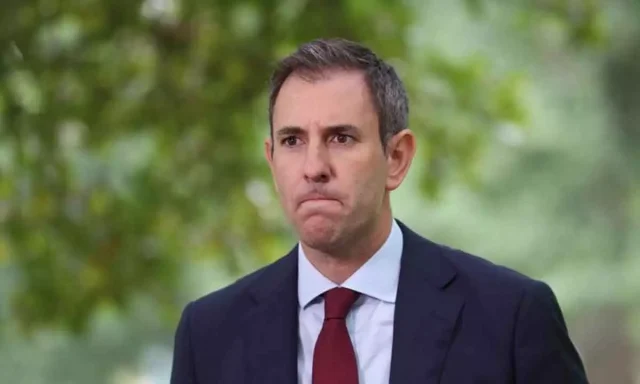Energy
It Takes Two To Tango
Australia’s centrally planned economy is failing - intergenerational wealth gaps are widening, economic prospects are waning, and the side effects from the Reserve Bank’s (RBA) medicine are becoming worse than the disease. Inflation is a scourge, insidiously stealing wealth from those least able to protect themselves, and it benefits the least needy. We hear all sorts of explanations as to why...
Anti-Nuclear Policy Is A Tax On The Poor
Some Facts In 2022, the Brotherhood of St Laurence released “Power pain: An Investigation of Energy Stress in Australia”. It found: 2006 to 2020: Approximately 20% of Australian households experienced energy stress. Energy stress is much higher in specific groups such as people with a chronic health issue or disability, renters, low-income workers and people on unemployment benefits In the lowest 20% income...
SENATE LIVE: Nuclear energy debate from the Senate floor now …
LIVE DEBATE Live now from the Senate floor, Senator Ralph Babet (UAP, Vic) raises ‘matter of interest’ … removal of Australia’s prohibition on nuclear electricity generation. The Senator in full flight. An historic speech. Watch live now …https://www.aph.gov.au/News_and_Events/LiveMediaPlayer?vID=%7B5BBCDCF5-4A0C-4A05-86CF-EE872069FBD9%7D&type=1 HISTORY Nuclear energy prohibition started to emerge as a possibility in the old Hawke, Nuclear Disarmament Party days in the 1980s. However, the nuclear energy prohibition...












